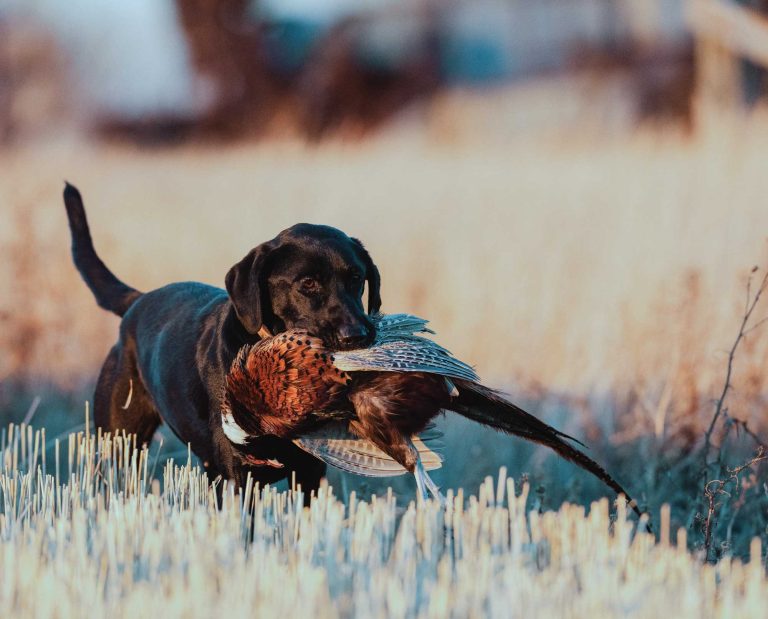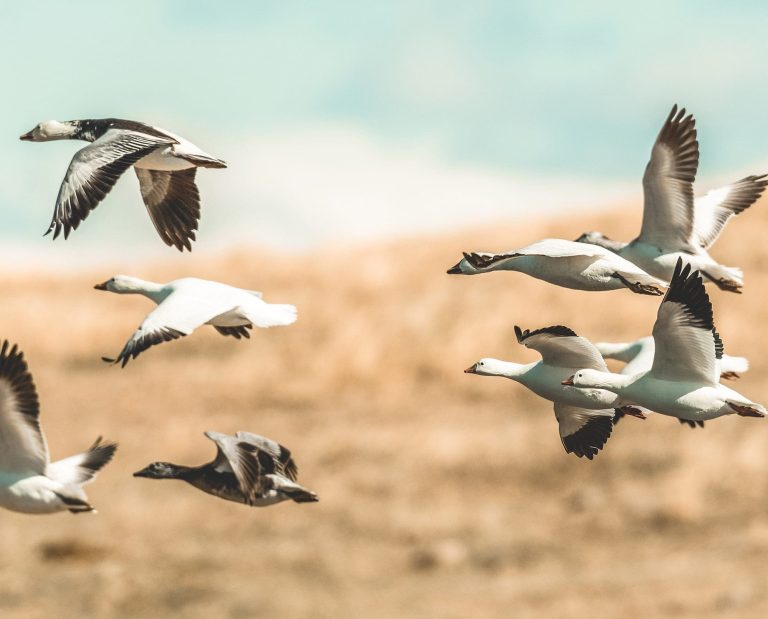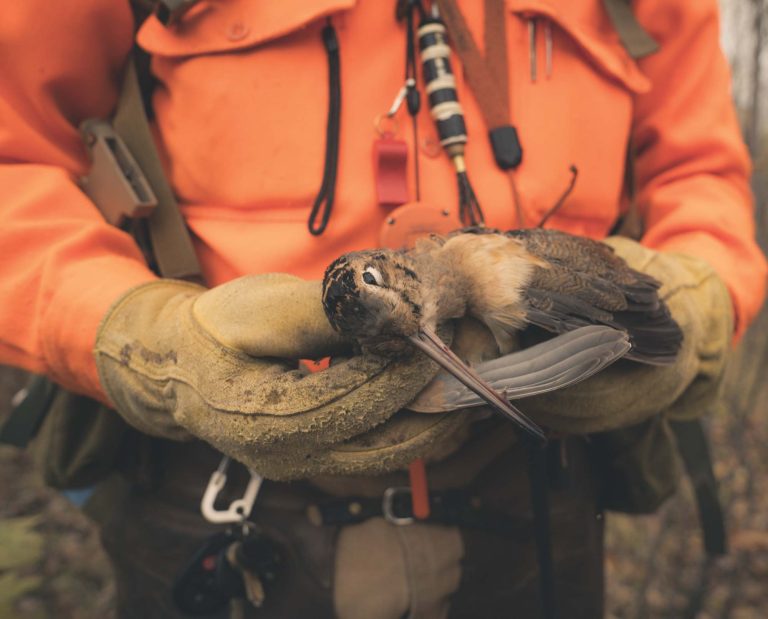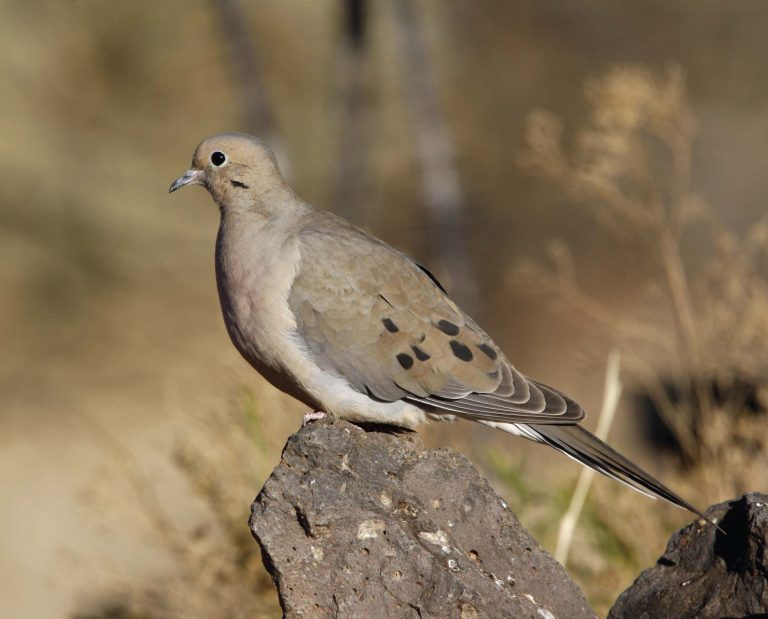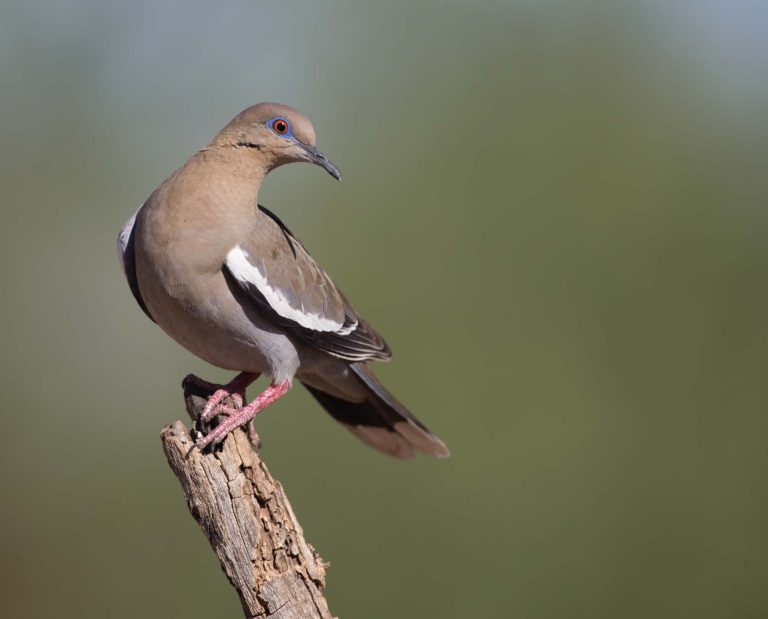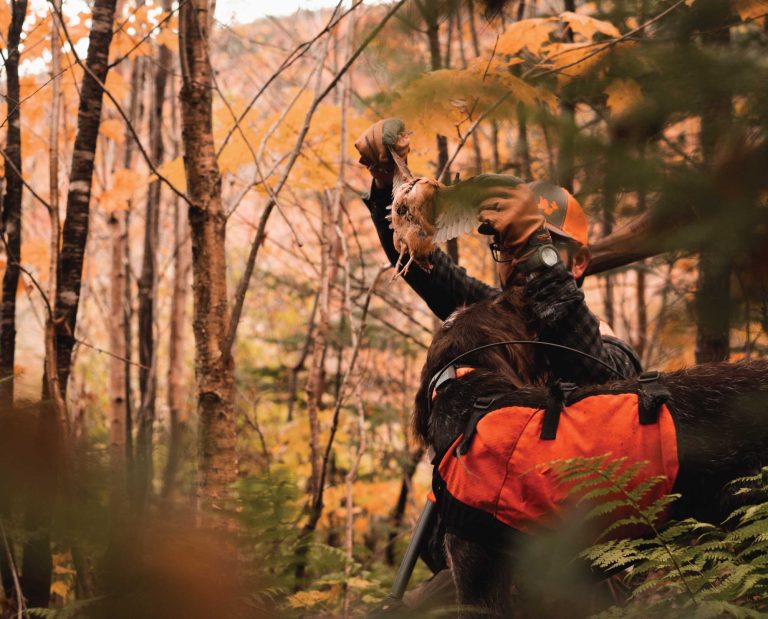Snipe, Soras and Other Rails: The Misunderstood Birds of September
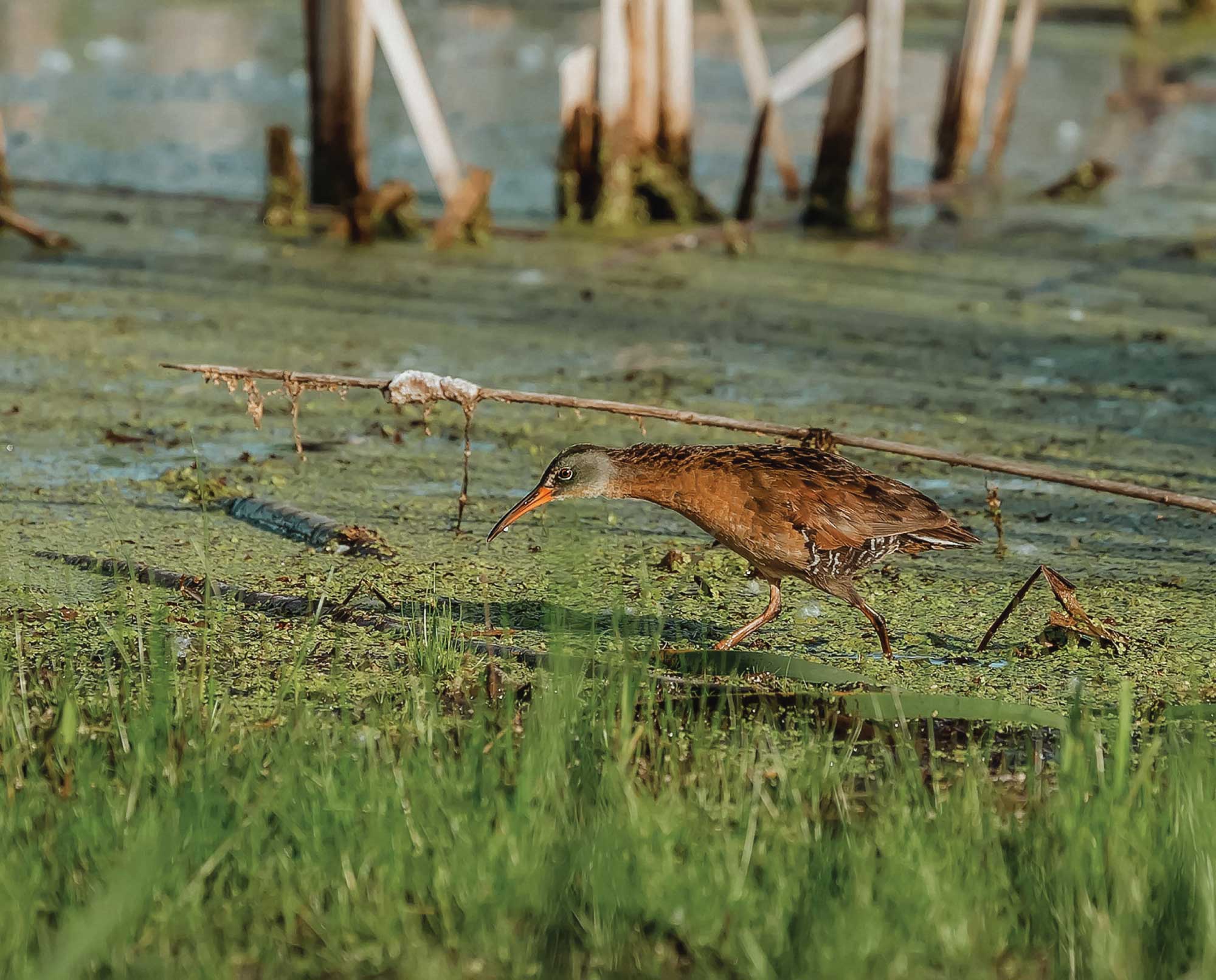
Get your bird seasons started early with the overlooked game birds of September
“They’re just a bunch of gooney birds! Why waste time on them?” I’ve heard some say when referring to hunting snipe, soras, and other rails, which are North America’s most obscure game birds. Misunderstood and underrated are these birds of the marsh. Shy, secretive, and challenging are just a few of the adjectives used to describe these “utility” birds. Utility may be defined as “capable of serving as a substitute in various roles or positions.” I think the “Three Stooges” of the upland birds fits the bill perfectly.
It’s better to think of these birds as bonuses. Pursuing them can take the adventurous wingshooter to places otherwise never encountered. Snipe, soras and rails can fill the empty space left in our autumn’s upland calendar, offering an opportunity to sharpen rusty wingshooting skills with our scatter-guns.
Bag limits for snipe, soras, and other rails tend to be liberal. Besides a hunting license, an HIP stamp is likely required as well as the birds fall under the Migratory Bird Act. Check local regulations and laws as well for season dates.
Tasty appetizers are made up of breast fillets or nuggets. These birds are small but offer excellent eating. In addition to the challenge, one of the true benefits of hunting these birds is their dark meat, which is among the best tasting of any small game birds. If you love dove poppers, then you’ll love snipe, soras and rails.
Hunting Snipe in September
If you thought snipe hunting was just a prank played on gullible kids carrying a flashlight and a gunny sack, think again. Snipe are real, and they’re very sporty game birds. Wilson’s snipe are the illegitimate cousins of their more famous family member, the American woodcock. Nicknamed by a Florida upland bird hunter as “marshdoodles,” they’re the other long-beak bird of the marsh. Hunting grounds include open marshes, flooded pastures, mud flats, rice fields and open pond edges. Snipe are often seen and shot at as they fly over duck blinds by waterfowl hunters. More snipe are probably bagged this way than by those who intentionally set out after them in the bog and muck.
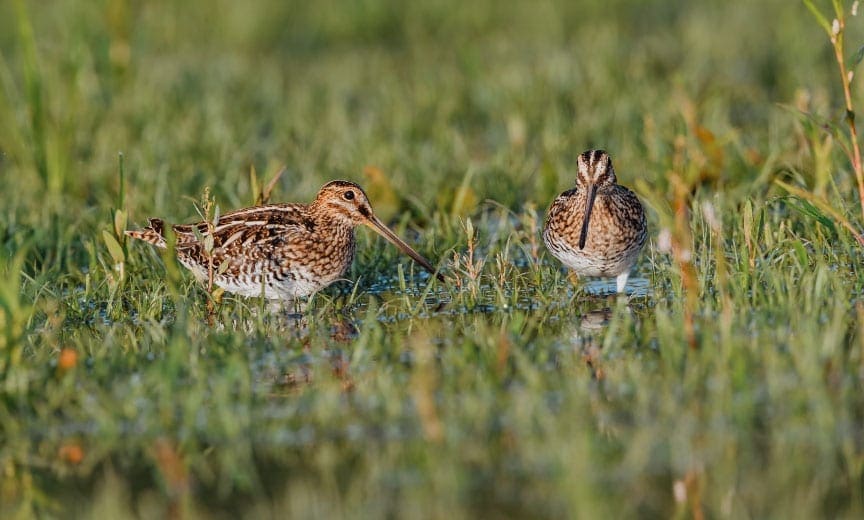
For those adventurous hunters who purposely target snipe, jump shooting is the most common snipe hunting technique. Hunters typically spread out in snipe habitat (wet) with guns at the ready and walk the birds up. Snipe usually hold tight, allowing hunters to approach within shotgun range. They are ghosts on the ground, its mottled brown body with black bars allowing them to morph into the landscape. For a hunter to spot one before it flushes is rare if not near miraculous. After flushing, look towards the sky and track the birds as they are apt to return and land nearby where they initially flushed. Snipe are sporting this way, giving hunters a second opportunity to re-flush and shoot.
Once in the air, the brown rockets of the marsh fly erratically. Their small size and unpredictable flight pattern make them an extremely difficult target. Fast, accurate gun handling is a necessity. Instead of walking up snipe, others stalk them from shallow-draft boats, poling through snipe habitat to flush their quarry. One thing is for sure: whether hunters are walking them up or poling through water, carry lots of shells.
As far as other potential non-target birds to watch out for, make sure you have your snipe ID’d properly. Hunters may encounter a host of other shorebirds (yellowlegs, killdeer, etc.) that are similar in appearance and subject to other hunting regulations. A key giveaway: snipe have a somewhat distinctive flight pattern.
Hunting Sora Rail in September
Found across the U.S. from coast to coast, the sora or “meadow chicken” is the most common and widely distributed of the gooney birds. Because of their frequency in the cattail marshes and flats, there’s a good chance if you are a duck hunter you’ve heard soras. Their rather peculiar, clear, rising series of peeps and whistles come from the depths of the vegetative greenery.
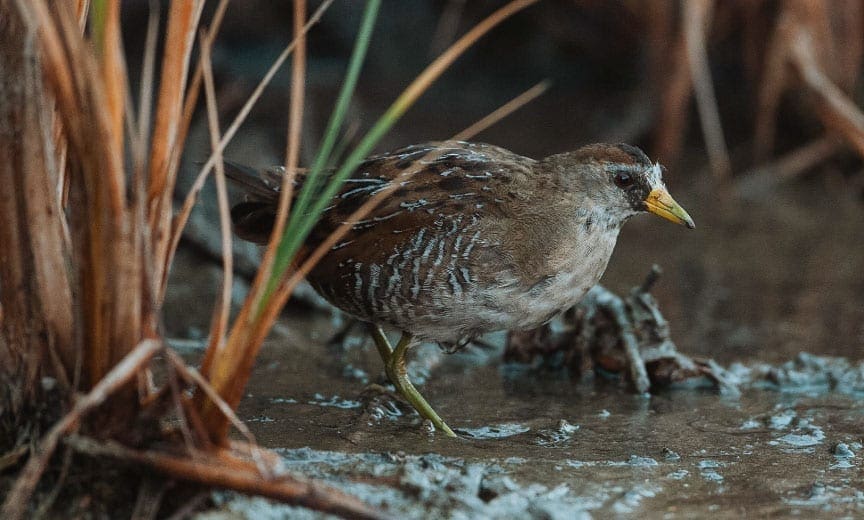
Soras are shy little birds. They are small, about the size of an English sparrow and sport a slate-gray chest and belly, brown-white-black speckled wings and back. Mother Nature outfitted soras with a black bib and face mask accentuated by a bright yellow bill. Their long legs are greenish gray and dangle awkwardly when rails flush and take wing. Once in the air, soras are not strong flyers, nor do they fly very far before settling back down. Their flight appears almost labored. Preferred sora habitat includes cattail marshes and moist soil environments where they can feast on seeds, rice, insects and aquatic invertebrates.
Sora hunting strategies include walking, then walking some more in shallow water. The best method for hunters is to listen for the birds’ alarm call, a loud descending whinny: whee-hee-hee-hee-hee-hee, while approaching potential hunting grounds. Like rooster pheasants, soras would rather run than fly. Experienced sora hunters will work thick wetland cover to sparse vegetation, forcing the birds to flush.
Hunting Other Rails in September
Four species — soras, clappers, Virginia, and king rails — are hunted in the U.S. Not all the species are found in the same regions and some states have limitations on which species are open to hunting. Check your local state laws and regulations.
Rail hunting is done along the edges of wetlands in shallow water, mud flats, dense marsh vegetation, where they commonly are found searching for food. A techniques for hunting rails is to walk along the edges of a wetland in an attempt to cause the birds to flush like pheasants in heavy cover. When threatened, rails may run or dive rather than fly. If rails are driven into a confined area, they’re likely to fly.
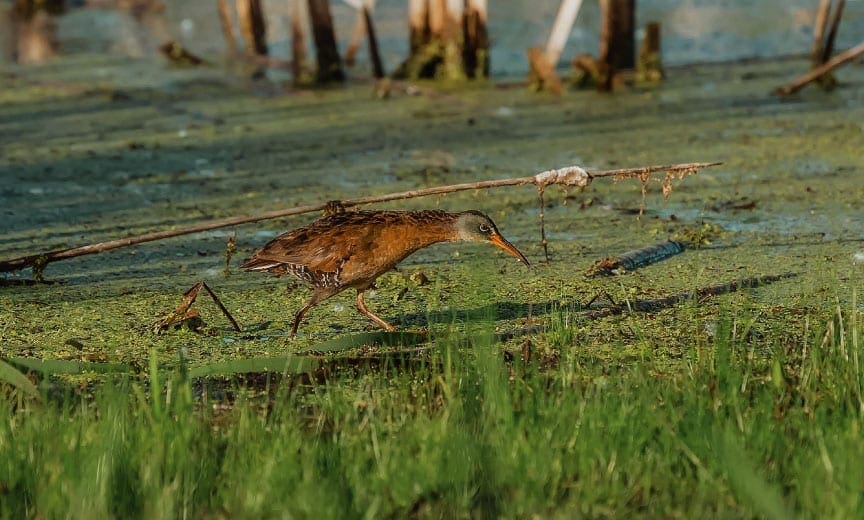
The rail’s flight pattern provides a challenge to marsh bird hunters, more so in the sense that they fly deceptively slow and low to the water. If rails or “marsh hens” were airplanes, they’d be C-130s with two engines out — slow, lumbering, and straight away. They can make bird hunters feel they’re a good wingshot.
Hunter’s need to be aware that it’s not unusual to find rails in the same habitat as snipe or woodcock.
Guns and Gear for September Bird Hunting
Light is the word when it comes to shotguns and ammunition for these September utility birds. Think 16s and 20s, but don’t rule out lightweight 12-bores to slug around in the marsh. Leave your fancy gauges at home and opt for backup guns to do the work in a muck and slop filled environment where one false step may cause you to end up in the drink. These diminutive birds don’t require lots of firepower in order to knock them dead in the air, and a well-placed string of shot will suffice. Steel shot is required when hunting marsh birds just like waterfowl. One-ounce loads of No. 7 steel is more than adequate and will cover the bases on those days when doves and teal are all on the docket. Dress light as September can still get relatively warm. Footwear includes hip waders and muck boots. Most important of all — bug spray!
Using Bird Dogs for Snipe, Sora, and Other Rails
The toughest part about rail, sora, and snipe hunting is finding downed birds. Having a good retriever will be a godsend. Some say that these marsh birds are difficult for bird dogs to find, much less point, but I’ve hunted with a Vizsla and Drahthaar who were very good at pointing and locating snipe and soras.
Lacking one, however, it would be best for hunters to mark birds before firing a second shot. Birds are likely to fall in water or vegetation.
Discover the truth for yourself. The real allure of hunting these marsh birds must be experienced to be understood by hunters chasing these September gooney birds.



